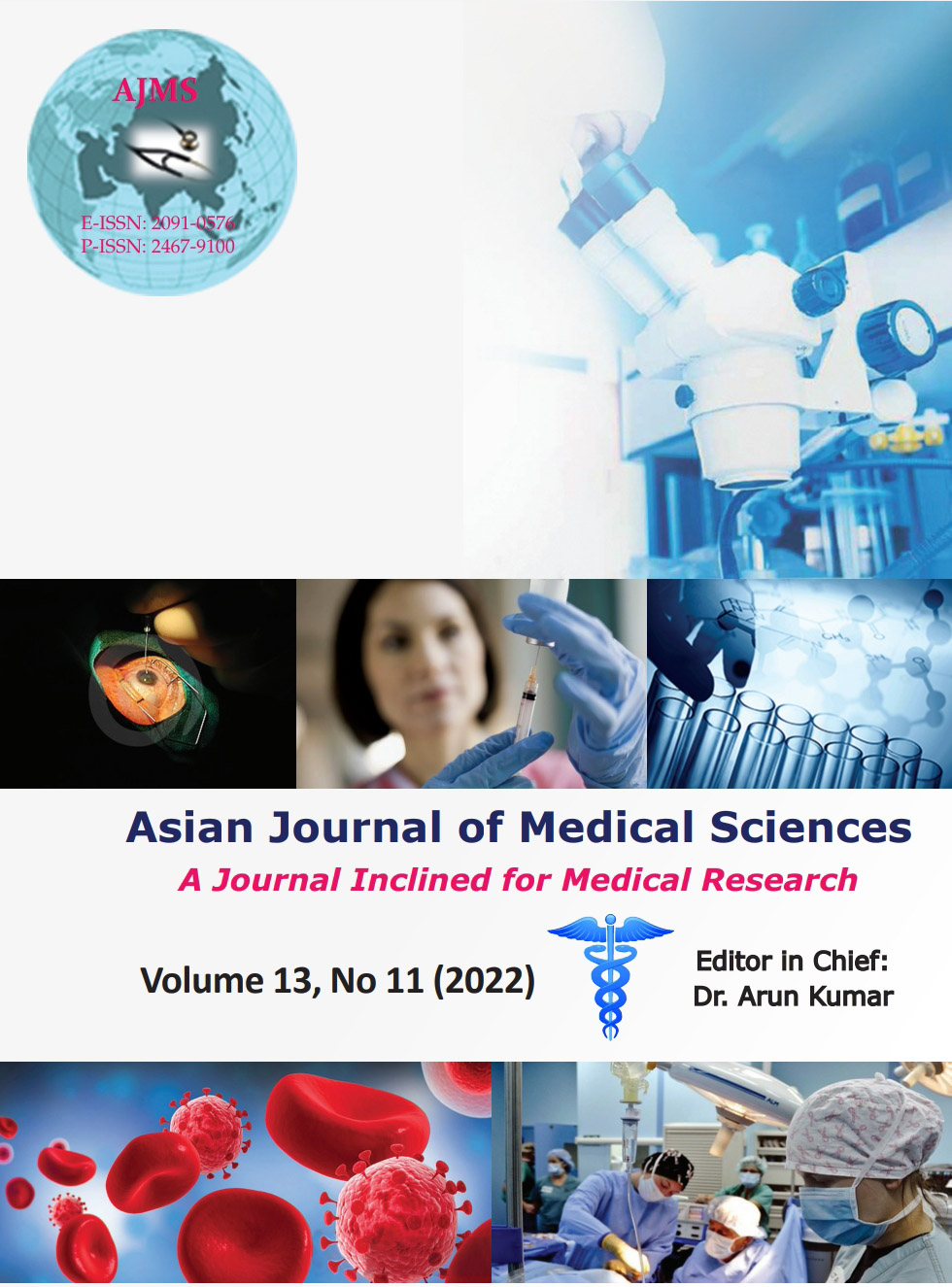Survey of urologists over the management of benign prostatic hyperplasia in India
Keywords:
Benign prostatic hyperplasia; Questionnaire; UrologistsAbstract
Background: The benign enlargement of the prostate gland is known as benign prostatic hyperplasia (BPH). It refers to stromal and glandular epithelial hyperplasia that develops in the region of the prostate that surrounds the urethra known as the periurethral transition zone.
Aims and Objectives: The aim of the study was to perform a survey of urologists over the management of BPH in India.
Materials and Methods: A survey questionnaire was e-mailed to a random sample of 57 urologists of India through surveymonkey.com. The enrolled questionnaires were statistically analyzed. Of the 57 questionnaires sent, nine were returned, and 48 of those were included in the final analysis (response rate of 84.21%).
Results: Majority of urologists’ opinion is that USG-KUB with uroflowmetry is the most reliable investigation for diagnosis of BPH. Tamsulosin (tamsulosin 0.4 mg) was the most preferred α-1 selective blocker drug in BPH patients across all the age groups, whereas silodosin was the most preferred α-1 selective blocker drug in cardiac patients having BPH. The preferred 5-alpha reductase inhibiting drug and dose was recorded as dutasteride 0.5 mg/day. Solifenacin is the preferred anti-cholinergic drug for urinary urgency and incontinence. The IPSS score of the patient improved usually within 1–6 weeks of treatment with alpha blockers/5-alpha reductase inhibitor. As per Indian urologists, the drug therapy with alpha blockers gave the fastest symptomatic improvement in BPH patients.
Conclusion: In our conclusion, there is no uniformity in the treatment of acute urinary retention; however, the overall care must be individualized for the patient. Lack of understanding of the population’s history of BPH hinders advancement in appropriate care.
Downloads
Downloads
Published
How to Cite
Issue
Section
License
Copyright (c) 2022 Asian Journal of Medical Sciences

This work is licensed under a Creative Commons Attribution-NonCommercial 4.0 International License.
Authors who publish with this journal agree to the following terms:
- The journal holds copyright and publishes the work under a Creative Commons CC-BY-NC license that permits use, distribution and reprduction in any medium, provided the original work is properly cited and is not used for commercial purposes. The journal should be recognised as the original publisher of this work.
- Authors are able to enter into separate, additional contractual arrangements for the non-exclusive distribution of the journal's published version of the work (e.g., post it to an institutional repository or publish it in a book), with an acknowledgement of its initial publication in this journal.
- Authors are permitted and encouraged to post their work online (e.g., in institutional repositories or on their website) prior to and during the submission process, as it can lead to productive exchanges, as well as earlier and greater citation of published work (See The Effect of Open Access).




